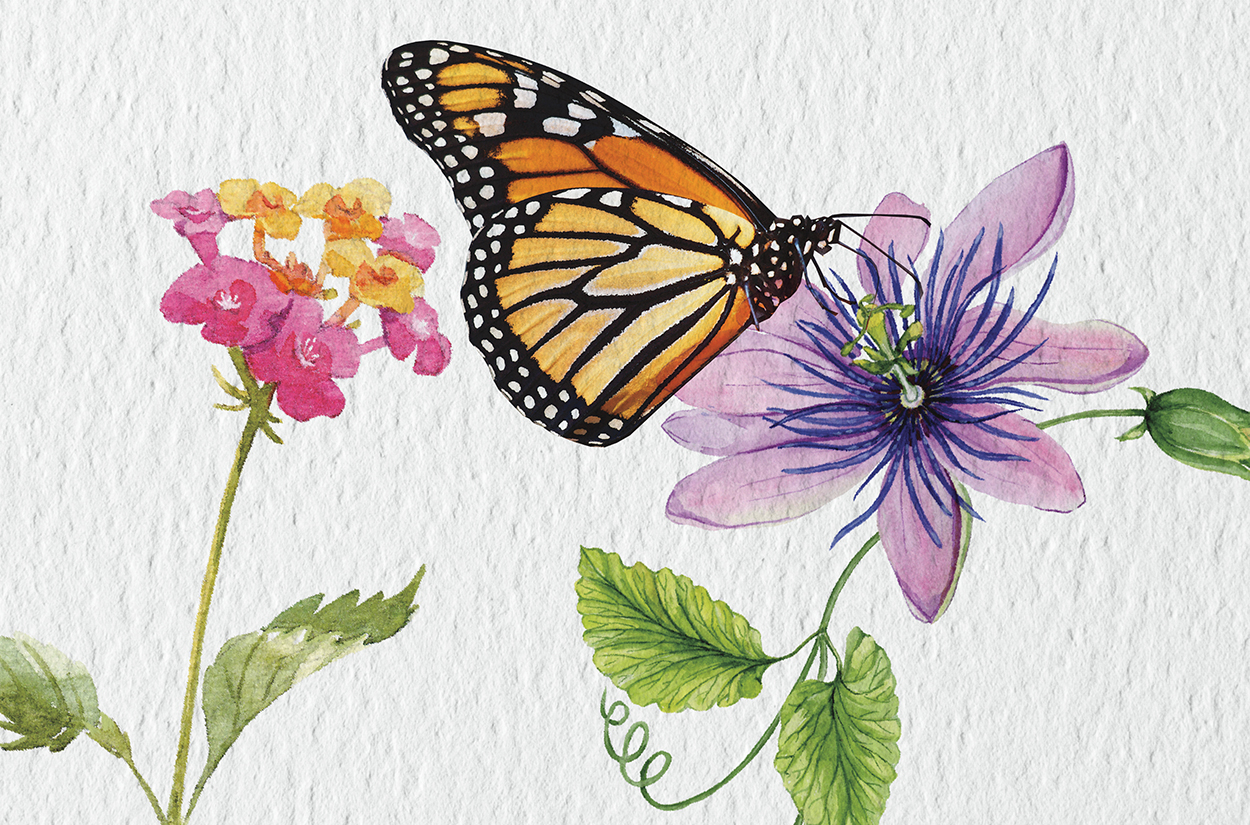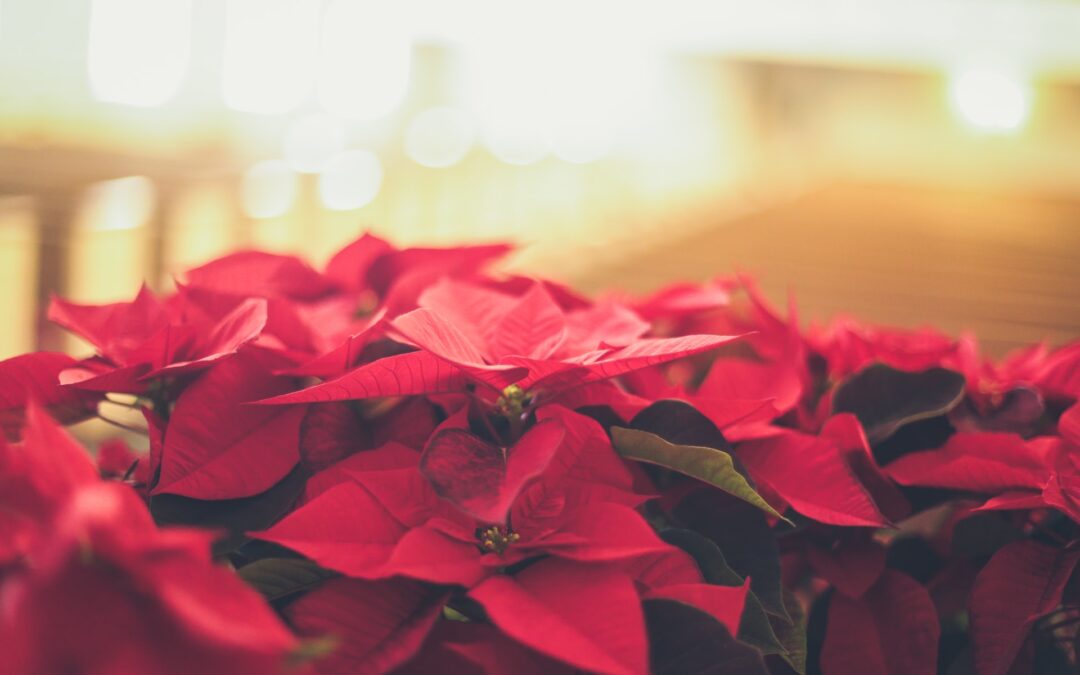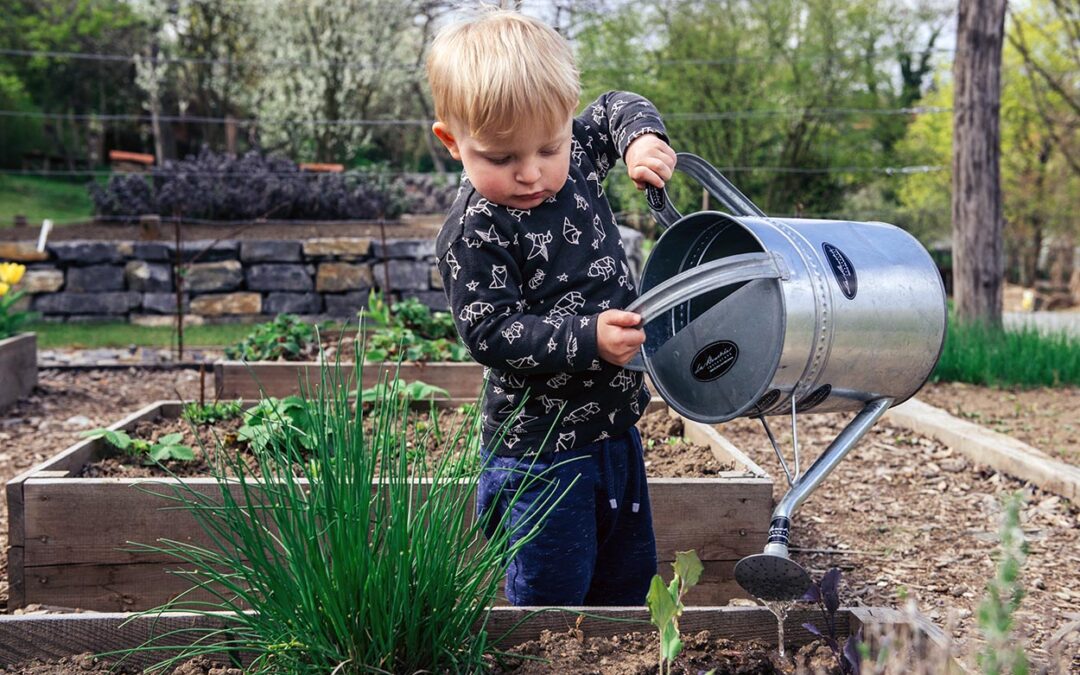
Monarchs & Mimosas
Monarchs & Mimosas

Monarchs & Mimosas
October 22 and 23, 10:00-12:00 at Clay Garden
Free to the public. Ted and Shannon will host a butterfly house and a talk at 11:00! Learn more about butterflies and the plants that attract these beautiful insects.
Will you join us? View Event Flyer
Contact Us
address
4808 East Scenic Hwy 30A
Seagrove Beach, FL. 32459 (google map)
phone: 850.231.2150
hours: 9-5 Monday thru Saturday | Sun. 12-5



